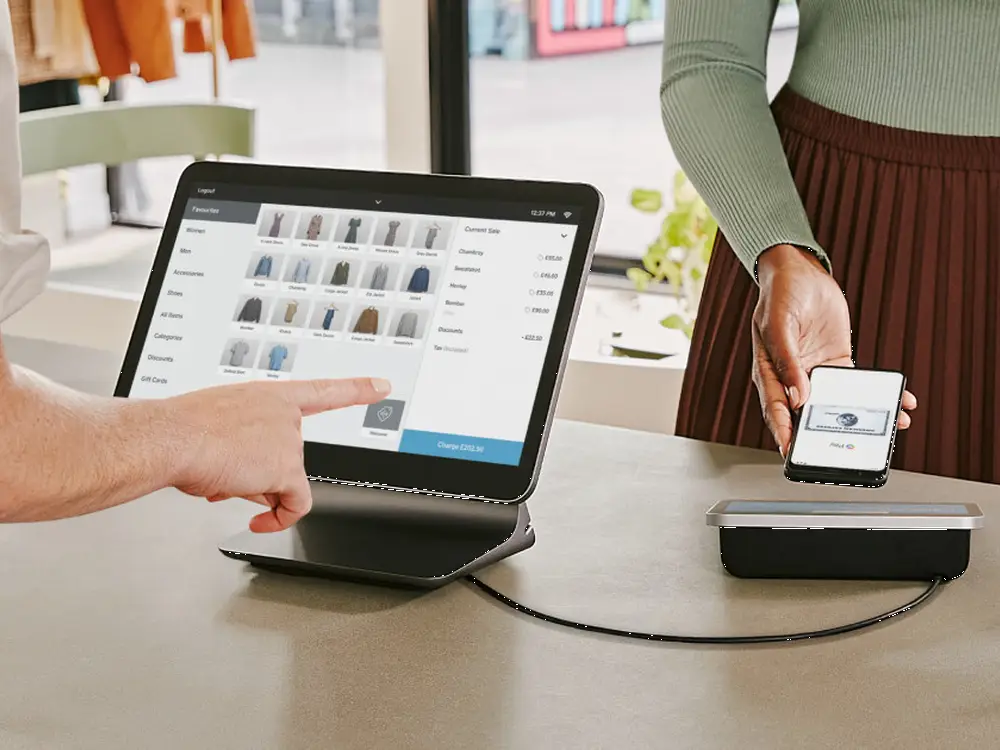Exploring the Functionality of a POS System
Point of Sale (POS) systems are crucial tools for businesses in managing transactions efficiently at the checkout counter. A POS system encompasses both hardware and software components that work together to streamline payment processing and enhance the overall customer experience.
What is a POS System and How Does It Work?
POS systems consist of various elements that contribute to their functionality. Some of the key components of a POS system include:
1. Hardware: This includes the physical components of the system, such as the terminal or register where transactions are processed, barcode scanners, receipt printers, cash drawers, and credit card readers.
2. Software: The software is the brain of the POS system, allowing businesses to process transactions, track sales and inventory, generate reports, and analyze data. This software can be installed locally on a computer or accessed through a cloud-based system.
3. Payment processor: This is the service provider that enables businesses to accept various forms of payment, such as credit cards, debit cards, mobile payments, and electronic transfers. The payment processor securely processes transactions and deposits funds into the merchant’s account.
4. Inventory management: POS systems often include tools for managing inventory, such as tracking stock levels, reordering products, and generating reports on sales trends. This helps businesses optimize their inventory levels and ensure they have the right products on hand to meet customer demand.
5. Customer relationship management (CRM): Some POS systems include CRM tools that help businesses track customer purchases, preferences, and contact information. This information can be used to personalize marketing efforts, improve customer service, and drive repeat business.
6. Reporting and analytics: POS systems capture a wealth of data on sales, inventory, and customer behavior. Reporting and analytics tools help businesses make sense of this data, identify trends, and make informed decisions on pricing, promotions, and product offerings.
7. Integration capabilities: Many POS systems offer integration with other business tools and software, such as accounting software, ecommerce platforms, and marketing automation tools. This allows businesses to streamline operations, improve efficiency, and provide a seamless customer experience across channels.
Understanding the Components of a POS System:
A typical POS setup includes a cash register, barcode scanner, receipt printer, and card reader. These components work harmoniously to facilitate smooth transactions.
Exploring the Functions of Point of Sale Software:
POS software is the brain behind the operations, managing inventory, sales reporting, and customer data.
How Transactions are Processed Using a POS System:
Transactions begin when a customer pays for items using a chosen payment method, which is then processed by the POS hardware and software.
Benefits of Using a POS System in Retail
Implementing a POS system in a retail environment offers numerous advantages.
Improving Efficiency with a Point of Sale System:
A good POS system can help streamline checkout processes, reducing waiting times for customers.
Enhancing Customer Experience through a POS Solution:
A modern POS system provides features like loyalty programs, card payments, and advanced checkout options.
Inventory Management Features of a Modern POS System:
Inventory tracking and management are simplified with the integration of a POS system.
Choosing the Right POS System for Your Business
When selecting a POS system, several factors need to be considered.
Factors to Consider when Selecting a POS Hardware and Software:
The right POS setup should align with your business needs and budget, ensuring compatibility with other tools.
Integrating Your POS System with Other Business Tools:
Seamless integration with accounting software and other business tools enhances operational efficiency.
Key Features to Look for in a Cloud-Based Point of Sale System:
Cloud-based POS systems offer flexibility, scalability, and real-time access to data.
Enhancing Point of Sale Operations with the Right POS Setup
The efficiency of point of sale operations heavily relies on the selected POS hardware and software.
The Role of POS Hardware like Cash Registers and Terminals:
Quality POS hardware like cash drawers and terminals ensure reliable processing of transactions.
Utilizing POS Software for Streamlining Checkout Processes:
POS software optimizes checkout operations, increasing speed and accuracy.
Implementing Loyalty Programs and Payment Methods within a POS System:
Loyalty programs and diverse payment methods can be seamlessly integrated within a POS system to enhance customer satisfaction.
Maximizing Business Potential with a POS System
A well-implemented POS system can significantly boost business potential.
Optimizing Sales with Barcode Scanners and Receipt Printers:
Efficient barcode scanners and receipt printers improve checkout efficiency.
Accepting Various Payment Methods including Credit Cards:
Offering multiple payment options, including credit cards, caters to diverse customer preferences.
Managing Inventory and Customer Data through your POS Solution:
Detailed inventory management and customer data analysis contribute to informed decision-making and business growth.


